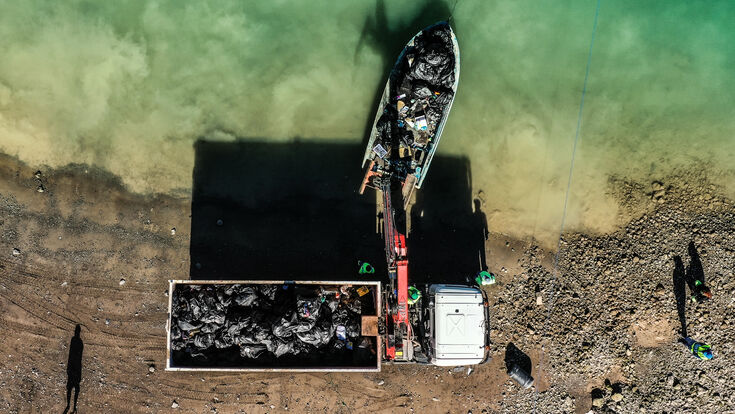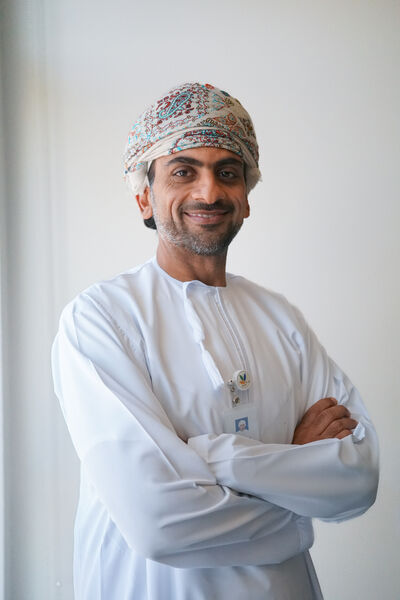Waste to Energy : Oman’s move towards sustainable waste management

The sultanate of Oman has ambitious goals. In the Oman Vision 2040 strategy paper, the Arabian country situated on the southeastern coast of the Arabian Peninsula presented its strategies for building a productive and diversified economy for the time period from 2021 to 2040. One part of the plan is energy security and energy diversification. For that reason, the Oman Environmental Service Holding Company (be’ah) and the Oman Power and Water Procurement Company (OPWP) signed a memorandum of understanding to build a waste-to-energy (WtE) plant in Barka.
Following the MoU, be’ah has engaged a consulting company to provide technical, financial, and legal advice to support the tendering process for the construction and operation of the plant. “We expect to complete and finalize the necessary preparations for the launch of the first qualification phase for the tender applications by the end of 2022. Thereafter, be’ah will have more clarity as to the project timeline,” says Kumayl Ahmed Al Lawati, VP-Business Development at be’ah.
On the way to meeting the Paris Agreement commitments
The plant has an estimated daily capacity of 4,500 tons of municipal solid waste per day and will help Oman to build a diversified energy sector by providing 130-150 MW from renewable sources. The plant is expected to reduce the carbon footprint of landfills by 50 million tonnes in 35 years (1.3 million tonnes a year) – equivalent to 30 percent of the total carbon dioxide currently emitted by landfill operations in Oman. According to be’ah this substantial decrease will contribute to meeting Oman’s commitments under the Paris Agreement. Since the waste-to-energy plant will be adjacent to the Barka landfill it will achieve will maximum optimization of logistics to reduce transportation costs.
This project is part of be’ah’s strategy and sustainable waste management plan that will promote a circular economy on a national scale. “It falls within our continuous efforts to minimize the use of landfills across the Sultanate, provide long-term waste management solutions and reduce greenhouse gas emissions”, Kumayl Ahmed Al Lawati explains. “We expect that once operational, the new WtE plant will help be’ah in our endeavor to divert 75% of municipal solid waste away from landfills.”
The plant is expected to act as a massive enabler to Oman’s energy diversification plans and shift towards renewable sources. Furthermore, it is expected to have an even bigger impact on economic development by unlocking investment opportunities in the environmental sector. Creating 250 to 300 jobs directly and about 1.000 indirectly with SMEs and service providers, the plant will also have a positive impact on the labour market.
"Moreover, we expect this project to strengthen the cooperation with the private sector by providing a sustainable platform of collaboration for key participants in building and operating the site,” Kumayl Ahmed Al Lawati added.
As be’ah is following its strategy of developing the waste management sector in Oman by improving waste disposal mechanisms and moving away from a reliance on landfills, there might well be more waste-to-energy plants in the future. “It falls in line with our ambition to reduce the carbon footprint and develop the circular economy in the Sultanate,”, so Kumayl Ahmed Al Lawati.




